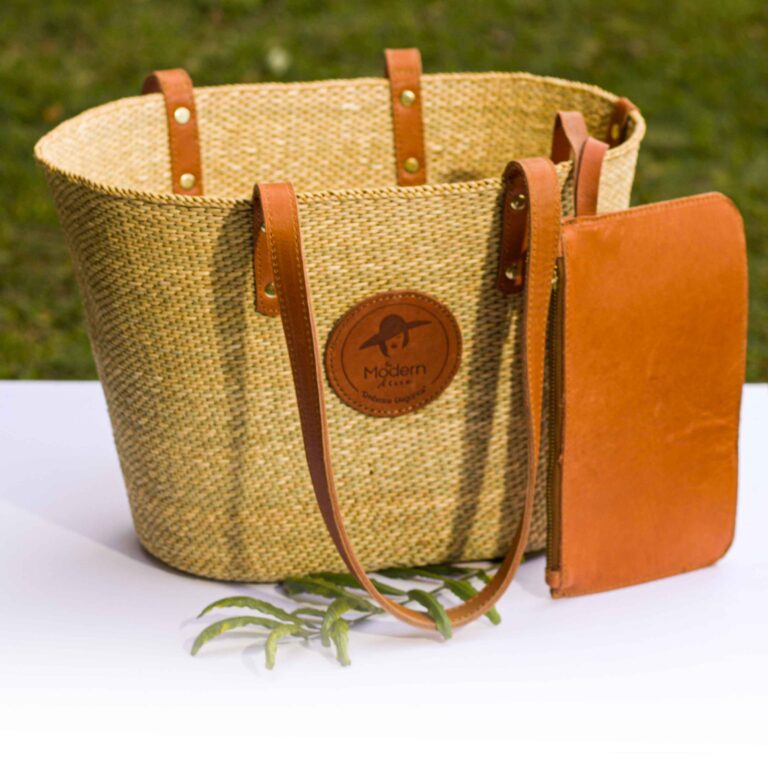The Koito wedding is a significant cultural event among the Kalenjin community in Kenya. It is a traditional pre-marital ceremony that marks the formal engagement between the bride and groom’s families. This elaborate event serves as a way for both families to affirm their union, exchange gifts, and discuss dowry arrangements. Over the years, the Koito ceremony has retained its cultural significance while adapting to modern influences.
Table of Contents
Importance of the Koito Wedding
The Koito ceremony is not merely a traditional engagement but a crucial step in the marriage process. It signifies the union of two families, ensuring that cultural values and traditions are upheld. The ceremony also serves as an opportunity for the groom’s family to officially seek the bride’s hand in marriage and for both families to discuss the expectations and responsibilities of each party in the marriage.
Pre-Koito Preparations
Family Involvement
Before the Koito wedding, both families engage in extensive planning and preparation. The groom’s family selects representatives, including elders, who will negotiate dowry and lead discussions during the ceremony. The bride’s family, on the other hand, prepares to welcome their guests with hospitality.
Selection of Gifts
Gift-giving is an essential aspect of the Koito ceremony. The groom’s family is expected to bring various gifts such as livestock, traditional brews, and household items, which symbolize appreciation and goodwill. In modern times, cash gifts and household appliances have also become popular.
Venue Selection
Traditionally, the Koito ceremony takes place at the bride’s home. The homestead is prepared to host the groom’s delegation, with seating arrangements made for both families, and traditional decorations adorning the space.
The Koito Ceremony Process
Arrival of the Groom’s Delegation
On the day of the Koito, the groom’s family arrives in a celebratory mood, often accompanied by songs and traditional dances. They are welcomed by the bride’s family, and formal introductions are made. This is a crucial part of the event as it establishes a relationship between the two families.
Negotiation of Dowry
Dowry negotiation, known as “Chebetab tabuut,” is a key component of the Koito ceremony. The bride’s family presents their expectations, which typically include livestock, money, and other valuable items. Elders from both sides engage in discussions to reach a mutual agreement.
Blessing of the Union
Once dowry negotiations are concluded, blessings are bestowed upon the couple. Elders from both families offer prayers and advice to the couple, emphasizing the importance of love, respect, and commitment in marriage.
Exchange of Gifts
After the formal negotiations and blessings, gifts are exchanged between the families. The groom’s family presents their offerings, while the bride’s family reciprocates with gifts such as traditional attire and food items.
Traditional Songs and Dances
Cultural performances form a significant part of the Koito wedding. Songs and dances are performed to celebrate the couple’s union, with women singing praises and men showcasing traditional warrior dances.
Modern Koito Wedding
In contemporary times, the Koito ceremony has evolved to incorporate modern elements such as catering services, professional photography, and luxurious venues. However, the core values of respect, unity, and tradition remain intact. Today, couples prefer to blend traditional and modern elements to create a unique experience that honors their heritage while embracing current trends.
Joe Photography and Safaris offers comprehensive Koito wedding planning services, ensuring a seamless and memorable experience. Our services include venue selection, professional photography, catering arrangements, and logistics management. Whether you prefer a traditional setting or a modern venue, we can customize the event to meet your preferences. Call us at 0717563531 to plan your perfect Koito wedding.
Challenges Faced During the Koito Ceremony
Financial Constraints
Organizing a Koito wedding can be financially demanding due to the cost of gifts, food, and logistics. Families often have to plan well in advance to manage expenses.
Cultural Differences
With the rise of inter-ethnic marriages, cultural differences can sometimes pose a challenge in understanding and fulfilling traditional expectations.
Balancing Tradition and Modernity
While many couples embrace modernization, balancing traditional practices with modern expectations can be challenging. Some may opt for simplified ceremonies, while others prefer a more elaborate traditional approach.
FAQ on Koito Wedding
What is a Koito wedding?
A Koito wedding is a traditional Kalenjin engagement ceremony in Kenya, where the groom’s family formally asks for the bride’s hand in marriage. It involves negotiations, gift exchanges, and blessings from elders, symbolizing unity and mutual respect between the families.
What happens during a Koito wedding ceremony?
The ceremony typically includes dowry negotiations, cultural blessings, traditional music and dance, and a communal feast. The bride and groom may also receive advice from elders, emphasizing values such as respect, love, and commitment.
How long does a Koito wedding take?
A Koito wedding can last anywhere from a few hours to an entire day, depending on the complexity of negotiations and the customs of the families involved. Some celebrations may extend into the night with singing and dancing.
What should one wear to a Koito wedding?
Traditional Kalenjin attire is often worn, with women dressed in colorful lesos and men in smart traditional or modern outfits. Guests can opt for smart casual or formal attire while respecting cultural norms.
Can a Koito wedding be combined with modern elements?
Yes, many couples today incorporate modern elements such as professional photography, catering services, and decorated venues while maintaining the traditional aspects of the Koito ceremony. Companies like Joe Photography 0717563531 can help organize a seamless blend of tradition and modernity.



